Heritage Sites in Northern England
Commanding Officer’s house at Arbeia Roman Fort
This evening, I am reprising a tour of heritage sites in northern England.
First, we departed our lodgings in York, NE England and drove north with first stop at Kiplin Hall in north Yorkshire.
Kiplin Hall
This intriguing Jacobean house was built for George Calvert, Secretary of State to James I and founder of Maryland, USA.
Cecil Calvert, 2nd Baron Baltimore, was the first Proprietor of the Province of Maryland, ninth Proprietary Governor of the Colony of Newfoundland and second of the colony of Province of Avalon to its southeast.
Since it was built in 1619, the house has belonged to four fascinating families, connected by blood or marriage. Former owners had royal connections including King John, James I, and Charles I and II.
Throughout the centuries alterations and additions have been made to the house and gardens.
The house is packed with the furniture, portraits, paintings, objects and personalia of the families who lived here.
There are special connections with certain U.S.A. educational establishments, viz:
- The University of Maryland, with funding from the state of Maryland, in 1986 opened the University of Maryland Study Center at Kiplin Hall, established a resource “built out of what was originally a stable house and blacksmith’s shop.” It is open for students in the School of Architecture, Planning and Preservation.
- Washington College in Maryland offers a three-week summer program in English Literature. Lectures are presented each morning and students participate in afternoon field excursions. Significant historic, literary, landscape, and architectural sites of interest are part of field excursions. Influential literary figures such as Wordsworth, Coleridge, Shelley and others found the area around Kiplin Hall inspiring to their works.
- The University of South Carolina has a summer program (Hist 786) in England to “provide comparisons with U.S. theory and practice in archives administration, museum management, and historic preservation. It offers behind-the-scenes tours of museums and historic sites, as well as meetings with curators, archivists, administrators, and government officials to discuss the practice of public history in the UK.” This includes Kiplin Hall.
Next, we continued north to Hadrian’s Wall where we visited two specific sites:
Arbeia Roman Fort
This partly reconstructed fort is located at the eastern end of Hadrian's Wall overlooking the mouth of the River Tyne. Key facts:
- Probably built around AD 161-180 to replace an earlier fort in the vicinity.
- Site extended from 1.7 to 2.1 hectares after AD 200. Rationale was to extend capacity as a supply base in support of strategy to conquer northern Britain.
- The site was extended to include 22 granaries, to hold vital food supplies for the troops.
- After abandonment of the northern campaign Arbeia acted as a supply base for Hadrian’s Wall, no doubt aided by its strategic location with access to the sea.
- Around AD 300 the site suffered a disastrous fire. Final HQ building was a re-build following the fire.
This site sits somewhat incongruously surrounded by residential housing. The site is run by Tyne and Wear Museums and includes an on-site museum. There are replica barracks, courtyard house and entrance gate which, combined with the extensive visible archaeology, enable visitors to connect with the Roman period in a tangible way.
Inside Commanding Officer’s House
Vindolanda Roman Fort
Vindolanda is extensive, comprising both military fort and civilian settlement (vicus). Archaeological research is ongoing and has revealed a wealth of artifacts and finds including textiles, footwear, human and animal bones, weaponry, coins, leather goods and unique written communications know as the ‘Vindolanda Tablets’.
Summary information on the site as follows:
- Original fort established around AD 85, some forty years before commencement of Hadrian’s Wall.
- In the early years the fort was constructed of wood and hence was required to be rebuilt at regular intervals. It is likely that the fort had been rebuilt five times by the early years of Hadrian’s reign ( 117-138). At each rebuild the old fort was levelled and covered in turf, a process which created perfect anaerobic conditions for preservation of perishable items such as textiles, leather and wood. Overall, the Vindolanda fort could have been rebuilt ten times before the Romans departed in the early fourth century.
- Initially, the fort housed the 1000 strong, Ninth Cohort of Batavians ( from Gaul/France) who departed in AD 105 to fight in the Dacian Wars (Romania). For most of the life of the fort it appears that Vindolanda was the base for the Fourth Cohort of Gauls, a unit possibly half the size of the Ninth Cohort.
- The site today comprises (a) a playing card shaped military stone fort within which were barracks, residence of Commanding Officer and H.Q. Building and (b) a civilian settlement outside the west gate of the fort made up of homes, shops and workshops plus a bath house and granaries.
- The site was well-engineered with water supply system part of which remains extant.
- The physical stonework remaining today mainly dates from the 3rd and 4th centuries.
- Vindolanda is probably best known for the famous ‘Vindolanda Tablets’, a large number of routine military and private communications written on thin veneers of wood in the mid 120s but unintentionally preserved owing to being discarded in a water-logged pit and then secured in the anaerobic conditions adverted to above. These tablets provide a unique insight into daily life and social conditions including, surprisingly, the presence of women on the frontier.
- The site continued to be occupied into the 5th and 6th centuries, long after the collapse of Roman power in Britain in AD 410. There is evidence of an early Christian Church on the site dating from the post-Roman period.
Tonight, we are staying in the Hexham area. Tomorrow we visit more sites on the Wall.
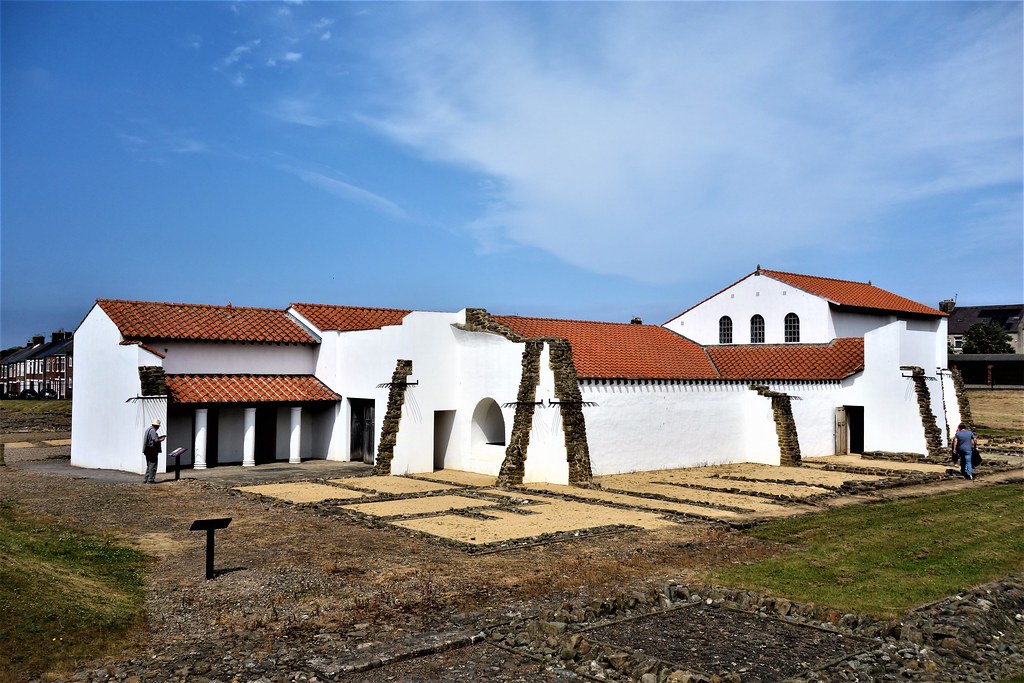
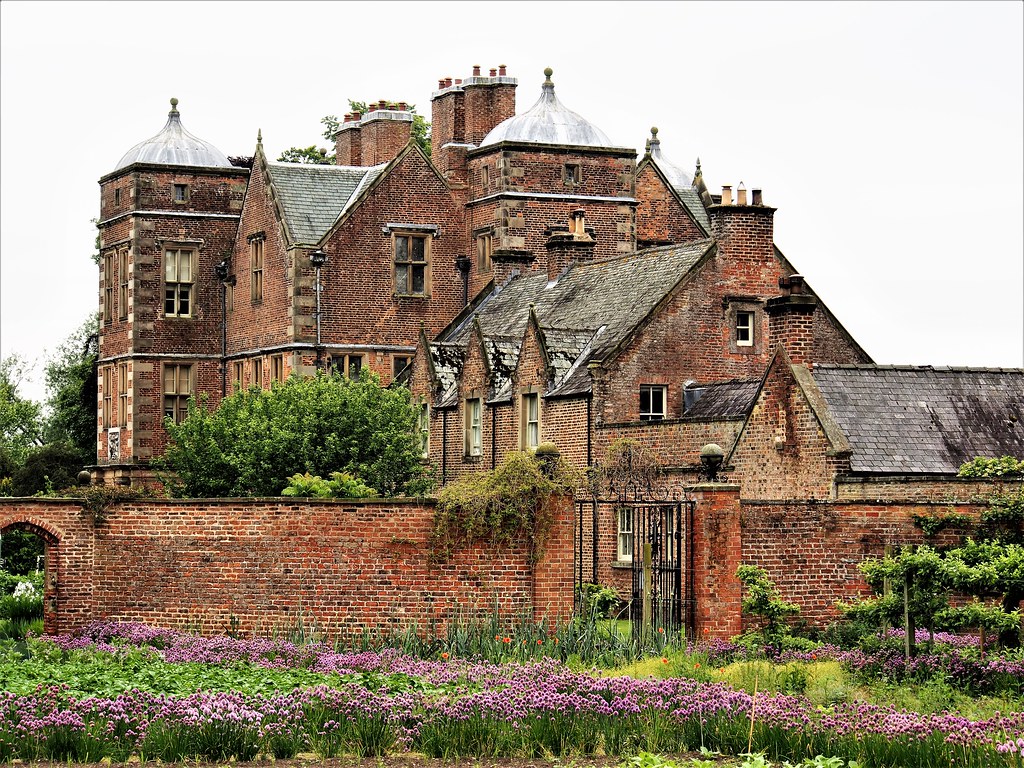

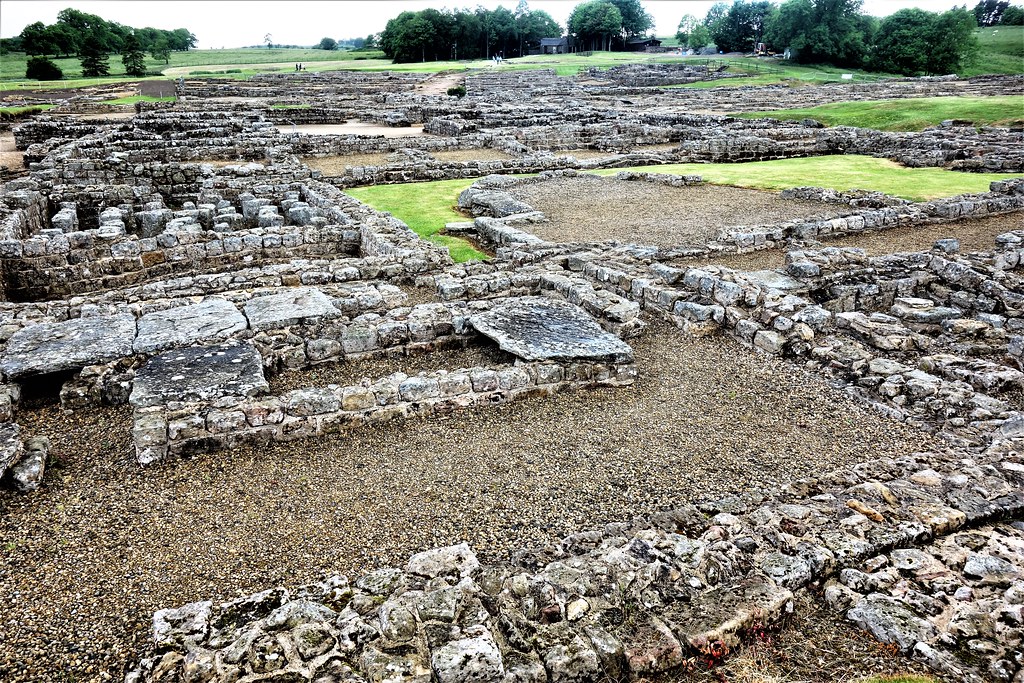
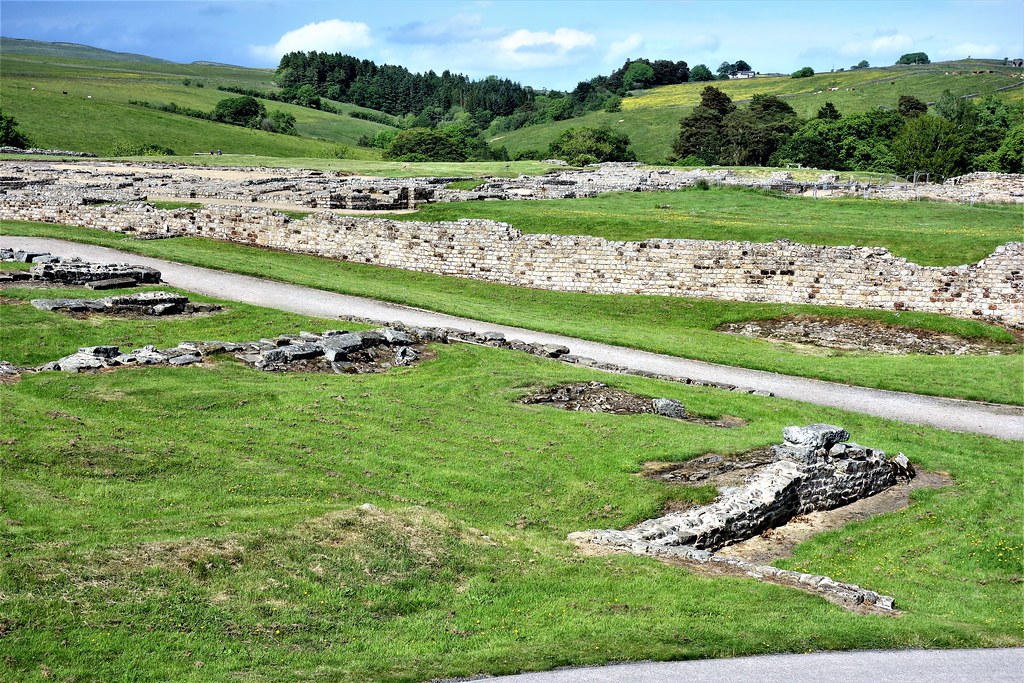
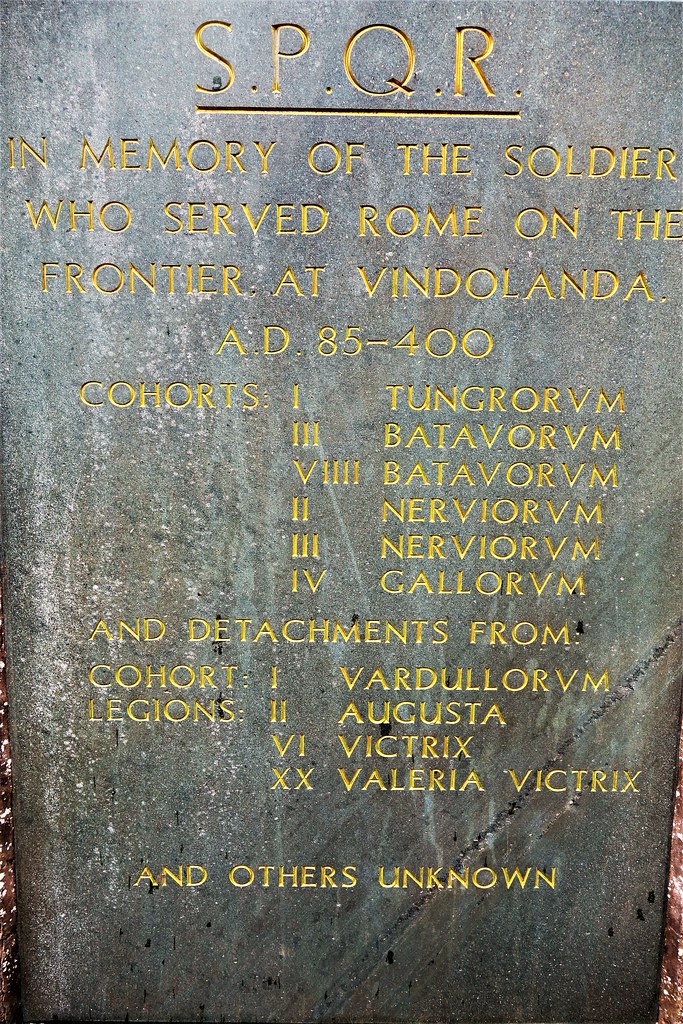

Comments
Post a Comment